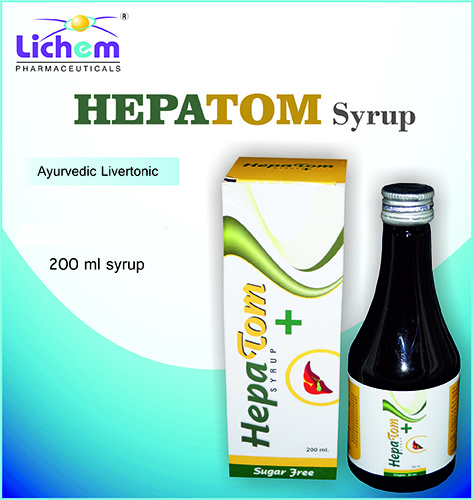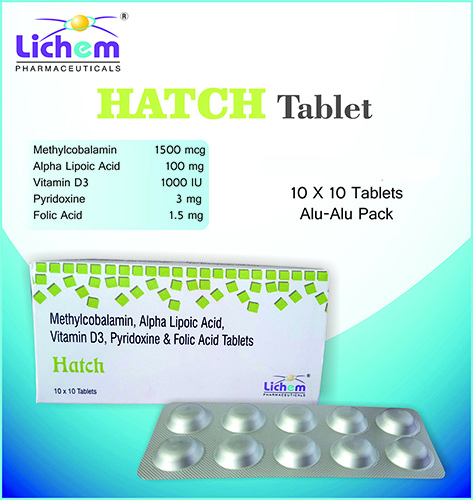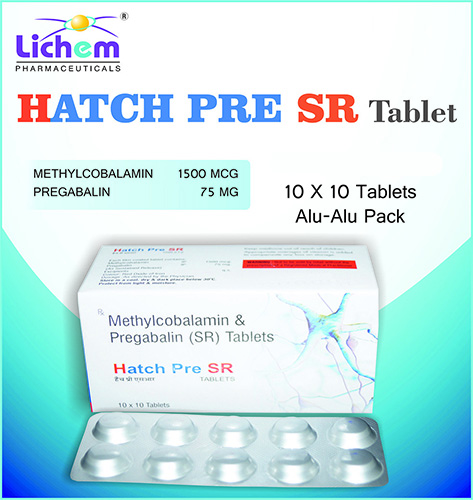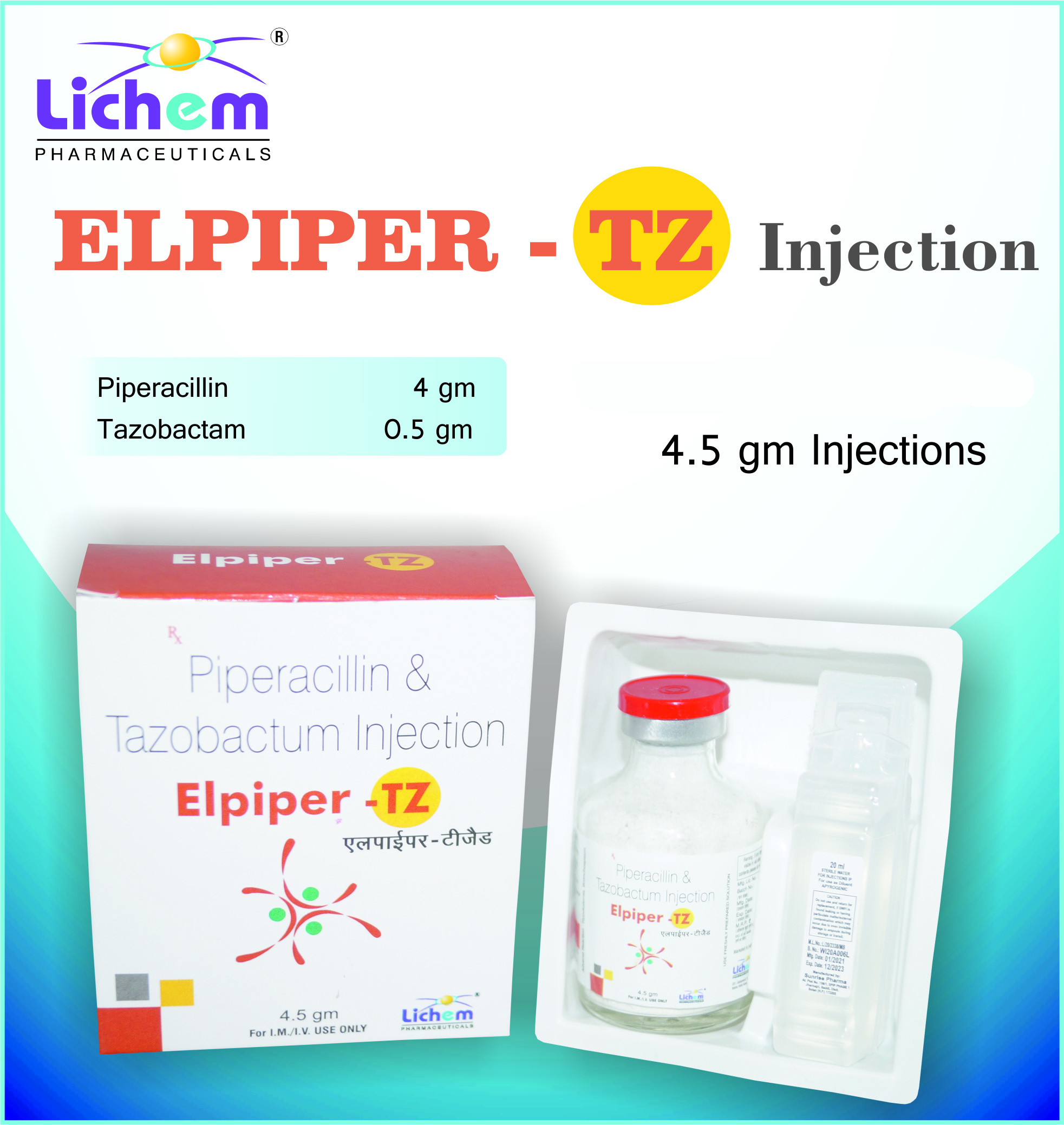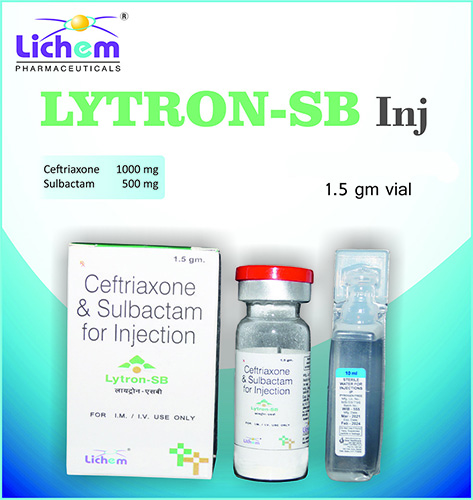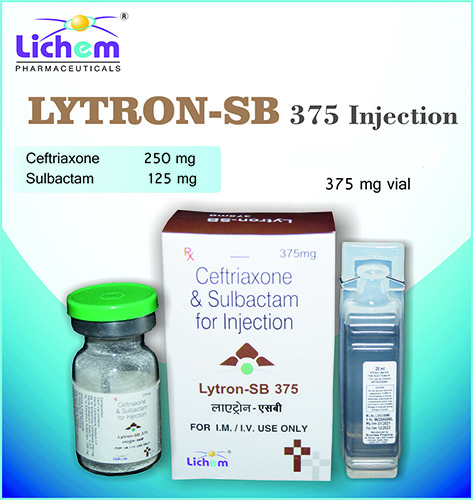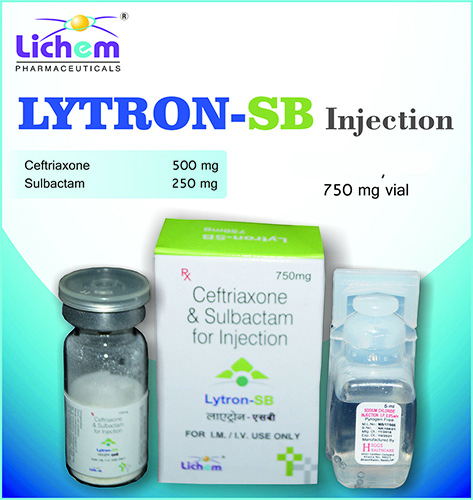Orthopaedic
Composition : Methylcobalamin 1500 mcg + Alpha-lipoic 100 mg + Pyridoxine 3 mg + Folic acid 1.5 mg + Vitamin d3 1000 IU
Methylcobalamin (Vitamin B12) : A highly bioavailable form of Vitamin B12 that plays a crucial role in nerve function, DNA synthesis, and red blood cell formation. High doses like 1500 mcg are uncommon and might not be necessary for everyone.
Alpha-lipoic Acid (ALA) : An antioxidant that may improve insulin sensitivity and offer some nerve protection. The evidence for its benefits is ongoing.
Pyridoxine (Vitamin B6) : Essential for brain function, red blood cell production, and protein metabolism.
Folic Acid (Vitamin B9) : Crucial for DNA synthesis, cell division, and red blood cell formation.
Vitamin D3 (Cholecalciferol) : An essential vitamin for bone health, immune function, and cell growth.
INDICATIONS
Macular Degeneration
Diabetic Neuropathy
Oxidative Stress
Hypercholestrolemia
Dementia
CVS & CNS Disorders
Send Message
